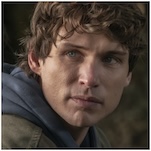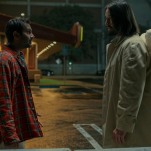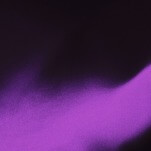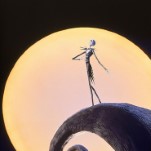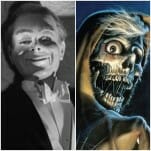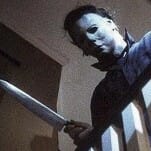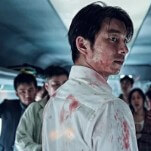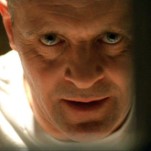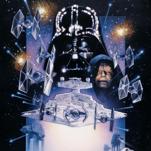Wish Dragon Is More Than Just Aladdin in Modern China, but Not Much More
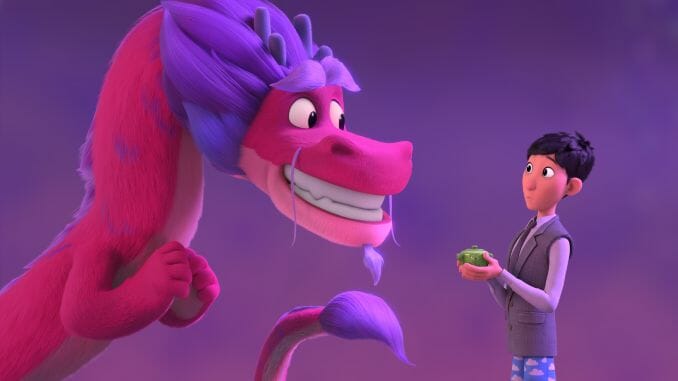
Produced by Sony, Tencent and more, Wish Dragon is Netflix’s newest animated film and the feature debut of Chinese studio Base Animation. It’s also the directorial debut of children’s book author and illustrator Chris Appelhans, who also wrote the movie’s script. There’s a lot to love in Wish Dragon. It’s got cute characters, a sweet—if oversimplified—message and a pleasant animation style, all of which are hard to hate. It’s hard to imagine sitting a kid in front of the TV with this on and them not being entertained by it, which is sometimes all you need from a kid’s movie. But as other animated movies like Netflix’s recent The Mitchells vs. The Machines have shown, there’s a lot more to strive for than just entertaining the youngest audiences. Wish Dragon varies a lot in this regard, ranging from being genuinely funny and enjoyable to difficult to tolerate with its more juvenile humor—nowhere near consistent enough to become an animated classic.
Set in modern China, the movie follows sweet but naïve college kid Din (Jimmy Wong), who is obsessed with reconnecting with his childhood friend and love interest, Li Na (Natasha Liu Bordizzo). Fortunately for him, he comes across a magical teapot that contains the titular “Wish Dragon” Long (John Cho), who can—say it with me here—grant him three wishes. Killing people and making others fall in love with you are still no-gos, but apparently bringing them back from the dead is fine. Just no time travel.
The genie-in-a-bottle story is one that’s been done ad nauseum, and it feels like Wish Dragon copies 90% of Aladdin. We have a magical being who provides much of the movie’s comedy through his theatrical movements, a boy who uses his wishes to impress a girl from a much richer family who yearns for life outside of her highly controlled environment, and an evil group who chases after the hero in order to use the teapot for their own schemes. The different environment and time period helps shake things up, but it still feels unavoidably derivative.
That’s not to say that the movie doesn’t have any identity of its own. Early on, Din inadvertently wishes to be able to fight, granting him martial arts abilities that make for some low-stakes action sequences and movement, as his limbs involuntarily fly out to kick an adversary or catch a vase from falling. Long allows for some of the movie’s most interesting animation, with his big fluffy face leaving tons of room for expression and his transformations into a traditional Chinese dragon kite or awkward human butler keeping things fresh. Cho also gives the character a great level of sass to counter Din’s innocence, which makes for some of the movie’s funniest moments—even if they can’t hold a candle to Robin Williams’ Genie.
-

-

-

-

-

-

-

-

-

-

-

-

-

-

-

-

-

-

-

-

-

-

-

-

-

-

-

-

-

-

-

-

-

-

-

-

-

-

-

-







